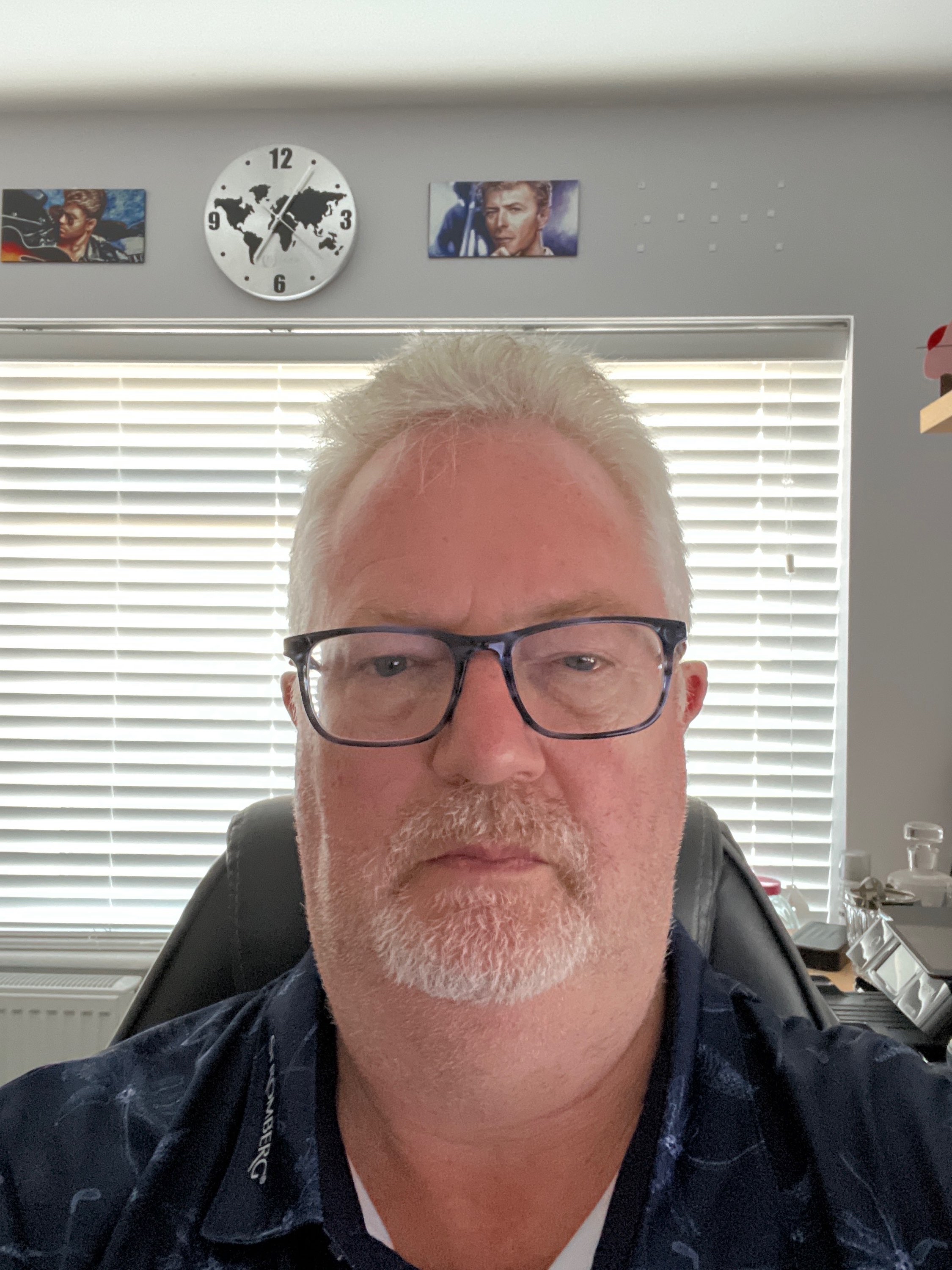Symetrica to bring innovative gamma-ray astronomy technology to medical imaging sector
- Satellite Evolution

- Jul 20, 2020
- 2 min read

Symetrica, a global leader in radiation detection and identification solutions in the homeland security market, has signed up to the national SPRINT business support programme. Symetrica will collaborate with SPRINT partner, the University of Southampton, to exploit research and technologies developed specifically for gamma-ray astronomy and utilise them in new, terrestrial applications such as medical imaging.
The project will develop and test a new gamma-ray camera for use in medical imaging, specifically for the SPECT (Single Photon Emission Computerised Tomography) research and diagnostic tool. The camera and associated computerised tomography software will create a 3D model of possible tumour hotspots, improving the detection and assessment of numerous diseases including cancer and Parkinson’s.

The innovative use of coded-aperture cameras and the acqu[if gte vml 1]><v:shapetype id="_x0000_t75" coordsize="21600,21600" o:spt="75" o:preferrelative="t" path="m@4@5l@4@11@9@11@9@5xe" filled="f" stroked="f"> <v:stroke joinstyle="miter"></v:stroke> <v:formulas> <v:f eqn="if lineDrawn pixelLineWidth 0"></v:f> <v:f eqn="sum @0 1 0"></v:f> <v:f eqn="sum 0 0 @1"></v:f> <v:f eqn="prod @2 1 2"></v:f> <v:f eqn="prod @3 21600 pixelWidth"></v:f> <v:f eqn="prod @3 21600 pixelHeight"></v:f> <v:f eqn="sum @0 0 1"></v:f> <v:f eqn="prod @6 1 2"></v:f> <v:f eqn="prod @7 21600 pixelWidth"></v:f> <v:f eqn="sum @8 21600 0"></v:f> <v:f eqn="prod @7 21600 pixelHeight"></v:f> <v:f eqn="sum @10 21600 0"></v:f> </v:formulas> <v:path o:extrusionok="f" gradientshapeok="t" o:connecttype="rect"></v:path> <o:lock v:ext="edit" aspectratio="t"></o:lock> </v:shapetype><v:shape id="_x0000_s1026" type="#_x0000_t75" alt="SPRINTa.png" style='position:absolute;margin-left:156.55pt;margin-top:0;width:207.75pt; height:117pt;z-index:251659264;mso-wrap-distance-left:0; mso-wrap-distance-top:0;mso-wrap-distance-right:0;mso-wrap-distance-bottom:0; mso-position-horizontal:right;mso-position-horizontal-relative:text; mso-position-vertical-relative:line' o:allowoverlap="f"> <v:imagedata src="http://cdn.roxhillmedia.com/production/email/attachment/810001_820000/SPRINTa.png"></v:imagedata> <w:wrap type="square"></w:wrap> </v:shape><![endif][if !vml][endif]isition of 3D images means that the new camera will be up to 100-1,000 times more sensitive than current models, enabling the process of SPECT imaging to reduce the dose to the patient without sacrificing image quality. This will enable use of the SPECT technique in cases that were previously inaccessible such as very young patients and those requiring repeated imaging to monitor treatment progress. It will also enable studies of new radio-pharmaceuticals and real-time imaging.
The University of Southampton will support Symetrica by leading on the development and refinement of image processing algorithms. The final system will be tested in a medical environment at Southampton General Hospital to enable access to representative medical isotopes and body phantoms.
The project will be funded by a grant from the £4.8 million SPRINT (SPace Research and Innovation Network for Technology) programme that provides unprecedented access to university space expertise and facilities. SPRINT helps businesses through the commercial exploitation of space data and technologies.
Mark Foster, R&D Team Leader at Symetrica said: “We span out of the University to take our gamma astronomy skills into commercial markets. We participated in a Knowledge Transfer Partnership with the University in 2018, focused on industrial and security imaging, so when it

came to targeting new terrestrial applications for our technology through the SPRINT project, the University was a natural partner.
“It offers technical innovation skills and its validation brings real credibility to our data, underpinning a step change in our gamma-ray astronomy technology. We would be at a real standing start without SPRINT and the University.”
[if gte vml 1]><v:shape id="_x0000_s1027" type="#_x0000_t75" alt="SPRINTb.png" style='position:absolute;margin-left:56.8pt;margin-top:0;width:108pt;height:108pt; z-index:251660288;mso-wrap-distance-left:0;mso-wrap-distance-top:0; mso-wrap-distance-right:0;mso-wrap-distance-bottom:0; mso-position-horizontal:right;mso-position-horizontal-relative:text; mso-position-vertical-relative:line' o:allowoverlap="f"> <v:imagedata src="http://cdn.roxhillmedia.com/production/email/attachment/810001_820000/SPRINTb.png"></v:imagedata> <w:wrap type="square"></w:wrap> </v:shape><![endif][if !vml][endif]Tony Bird, Professor of Astrophysics at the University of Southampton added: “We have a long and ongoing collaboration with Symetrica, and want to see them succeed. The SPRINT collaboration will strengthen our links with the company and we can support them by validating real-time data that will push their space technology towards new, practical applications.”



Comments